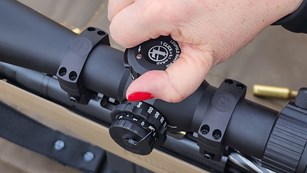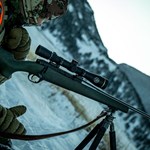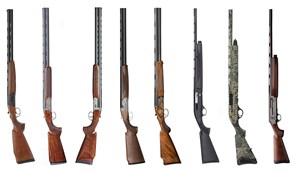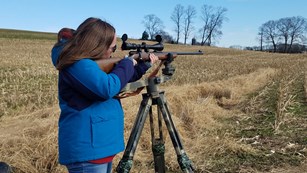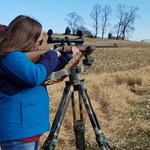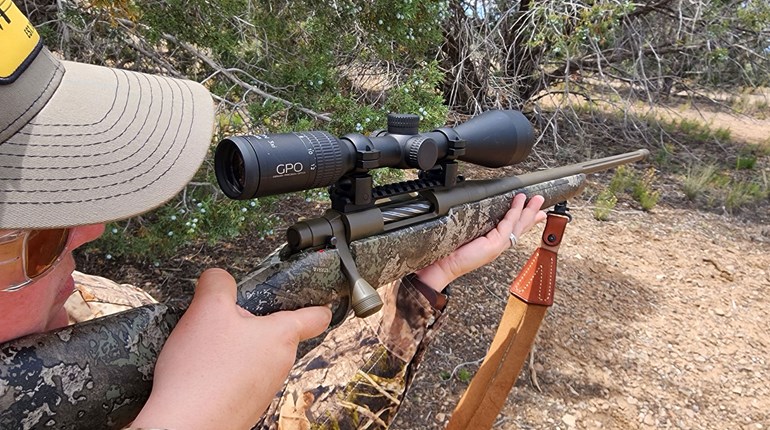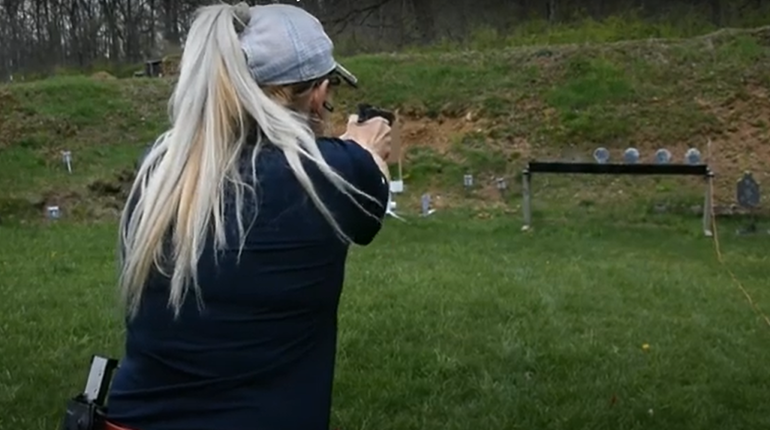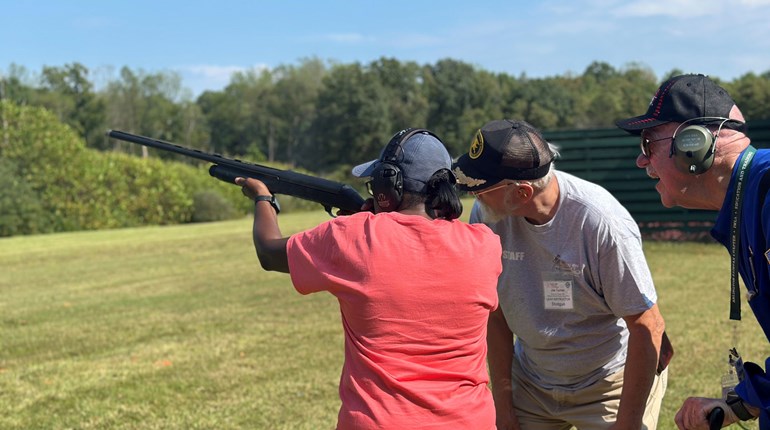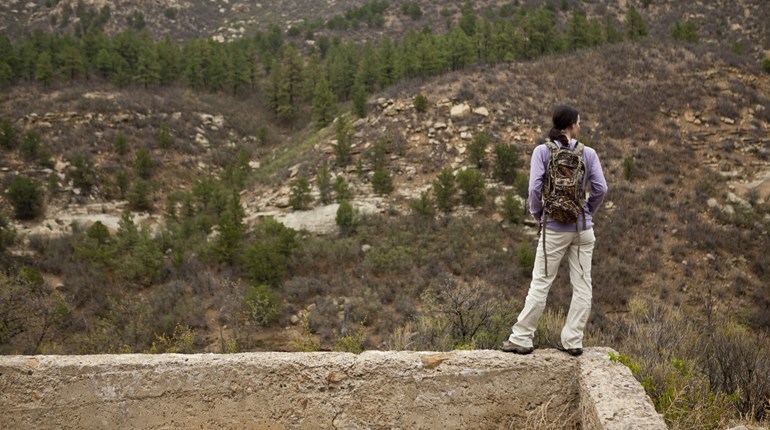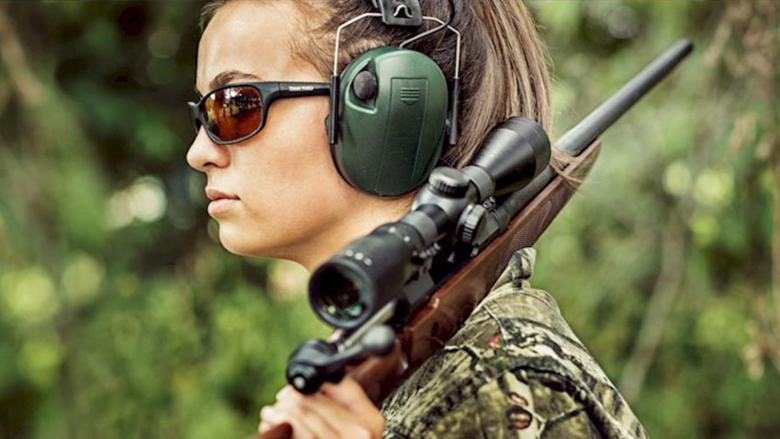
If any one species epitomizes the American West, it’s probably the bison. It is, after all, the only wild cattle species native to North America and is the largest land mammal on the continent, weighing up to 2,000 pounds and standing 6 feet tall or more. But while we think of bison as a Western animal grazing on the Great Plains, in truth, they once inhabited nearly the entire continent, from Alaska to Mexico and as far east as the Atlantic states. Yes, bison once roamed New York, Georgia and most corners of what is now the U.S.—an estimated 60 million of them at one time.
Of course, bison played an important role in the lives of many Native American tribes on the plains and on the land itself—bison literally shaped the continent and its peoples for many generations. Their grazing kept prairie grass in check and allowed other plant species to thrive. The rubs they made often killed young trees and kept the forests from encroaching on the prairie. Their hooves churned the earth and aerated the soil; their wallow pits would hold water or make refuges and den sites for small animals; and the scat that the massive bison herds left behind helped disperse seeds and served as food for vital insects. Our continent would not have developed the way it did if not for the bison.
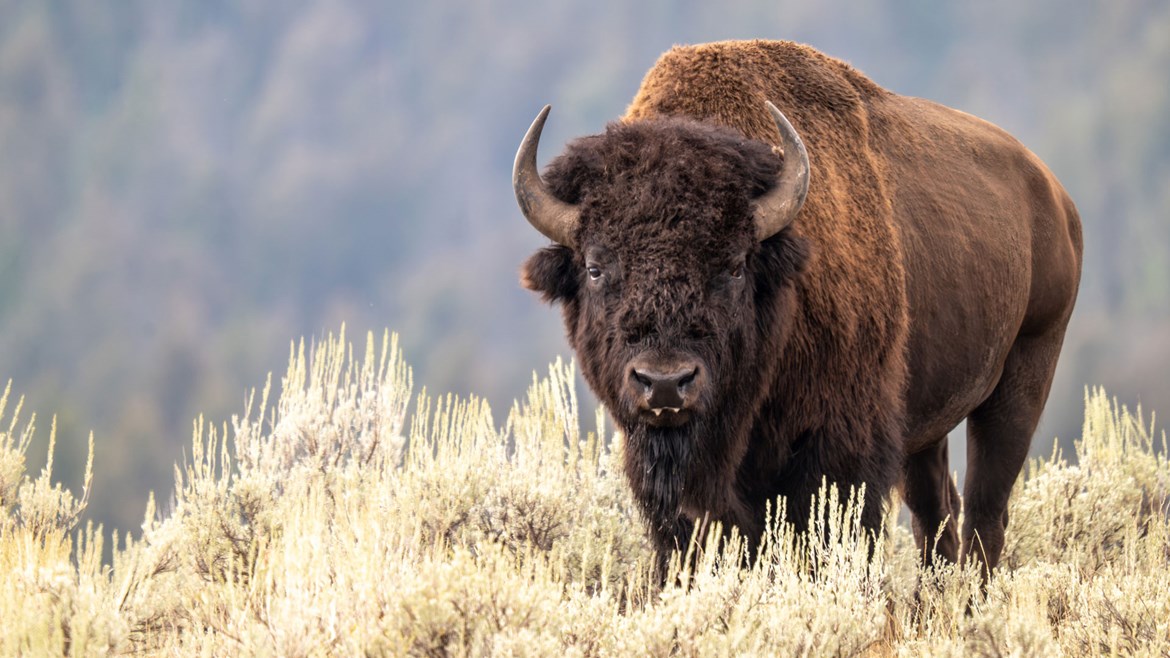
The decimation of the bison herds is a sad, shameful story, and about 100 years ago, we were down to fewer than a thousand animals. Today, the U.S. is home to approximately half a million bison, many raised as livestock. Wild populations are estimated at around 30,000. The Yellowstone area is the only place in the U.S. where bison have continuously lived since prehistoric times. It’s believed that the bison’s ancestors migrated to America over the Bering land bridge hundreds of thousands of years ago and evolved over time, and the American bison as we know it today emerged as a species about 10,000 years ago.
Bison have a unique appearance that I once saw humorously described as “race horse in the back, mountain gorilla in the front, on a cattle chassis.” That’s not too far from the truth, really—the short hair on the bison’s back legs gives way to a much thicker, wooly coat on the front half that gives the bison its strong, rugged look (as if its size didn’t do that already). Both males and females have short, pointed, hollow horns, and the males have a black beard that can grow to about a foot long. Babies are born with much lighter, reddish hair and are nicknamed “red dogs.”
The distinctive shoulder hump is another unique feature. It is made of muscle supported by long vertebrae, and those muscles allow the bison to sweep its head side to side in a powerful “snow plow” motion to sweep snow aside as it searches for food.
Bison have excellent hearing and a great sense of smell, but they don’t see all that well, and when spooked, a herd might stampede. They can run at more than 35 miles per hour, and they’re also strong swimmers. All that thick fur makes them well suited to survive extremely cold temperatures; they can survive temps as cold as -40F, and that woolly coat traps their body heat so effectively that it won’t even melt the layer of snow that accumulates on their backs. Even so, winter is hard on a bison herd and its food sources; approximately 9 out of 100 bison will die over the course of a single winter.
Despite the colloquial name “buffalo,” bison are only distant relatives of African and Asian buffalo. There are actually two subspecies of bison in North America: the plains bison we are all most familiar with (scientific name Bison bison bison, believe it or not) and the woodland bison (Bison bison athabascae). The wood bison tends to be larger, with a taller hump and a wooly coat that extends a bit farther back than it does on a plains bison. Their range is limited to northwest Canada, with a small “experimental” population in Alaska, and estimates place the total wood bison population at around 10,000—up from a low of just a few hundred in the late 1800s.
Today, populations have rebounded enough that you can hunt bison in a handful of states. Alaska, Arizona, Montana, Utah and Wyoming all award tags through lottery drawings, and these states have opportunities for fair-chase, public-land hunting. Of course, these tags are very limited and difficult to draw, and the hunting is tough, as the herds are spread out over a huge territory. A herd can migrate as much as 20 miles in just a few days, so if you ever do get the chance to hunt bison, be prepared to cover a lot of ground. The good news is that they prefer to graze in open areas, and they’re so big that they can’t hide in low-lying vegetation—so if there’s a herd in the area, you stand a good chance of spotting them.
Of course, bison meat is excellent table fare, similar to beef but leaner.


